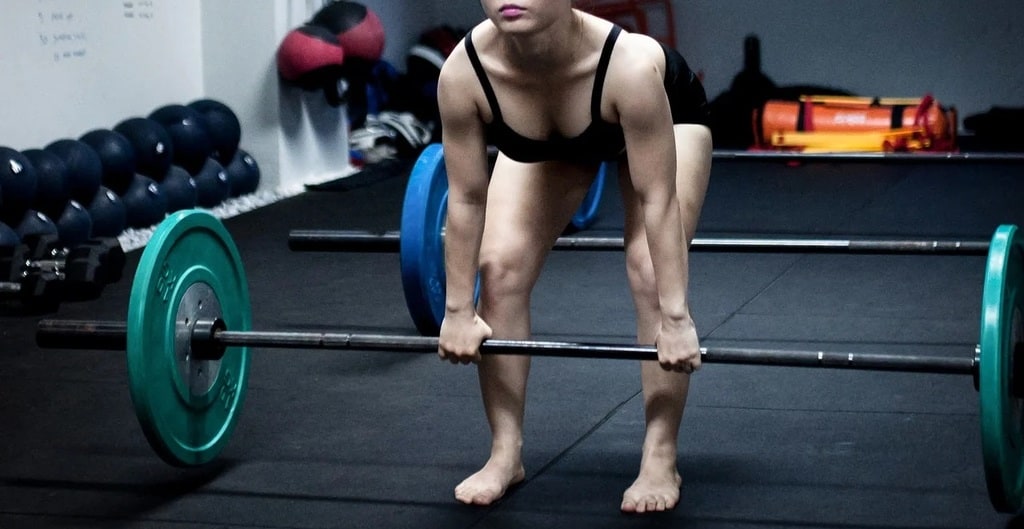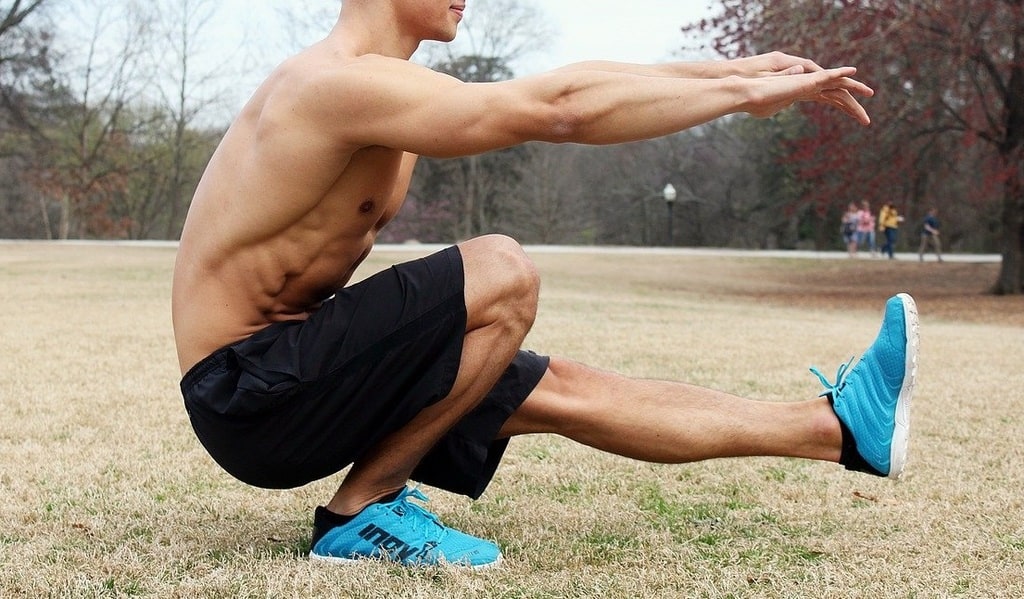Athletic performance improvement is a dynamic field, combining physical conditioning, mental fortitude, and strategic training techniques. Athletes across various sports disciplines continually seek methods to enhance their performance, aiming for peak physical capabilities. The following sections explore diverse training techniques that can be instrumental in achieving superior athletic outcomes.
Key Training Techniques to Enhance Athletic Performance
Effective training requires a holistic approach that encompasses strength training, cardiovascular conditioning, flexibility exercises, and mental preparation. Each of these components plays a vital role in optimizing athletic performance.
Strength Training
Strength training is foundational for athletes, contributing to muscle development, endurance, and overall power. Incorporating weightlifting, bodyweight exercises, and resistance training helps build muscle mass and enhance athletic performance. Progressive overload is a principle where the intensity of the workouts is gradually increased to stimulate muscle growth and adaptation. This method ensures continuous improvement and prevents plateauing.
In addition to traditional weightlifting, incorporating compound exercises such as squats, deadlifts, and bench presses engages multiple muscle groups simultaneously, promoting overall strength and stability. These exercises not only improve physical strength but also enhance coordination and balance, essential for athletic performance.
Cardiovascular Conditioning
Cardiovascular conditioning is critical for improving endurance and aerobic capacity. Engaging in activities like running, cycling, swimming, or high-intensity interval training (HIIT) helps boost heart and lung function. HIIT, in particular, alternates between short bursts of intense activity and periods of rest or low-intensity exercise. This method has been shown to increase metabolic rate, improve cardiovascular health, and burn fat more efficiently than steady-state cardio.
For athletes, incorporating sport-specific cardiovascular workouts can also be beneficial. For instance, a basketball player might focus on sprint drills and agility exercises, while a swimmer might prioritize interval swimming sessions to enhance endurance and speed in the water.

Flexibility and Mobility Training
Flexibility and mobility are often overlooked but are critical components of athletic performance. Regular stretching routines, yoga, and dynamic warm-ups improve the range of motion, reduce the risk of injuries, and enhance overall athletic ability. Dynamic stretching before workouts and static stretching after workouts can help maintain muscle elasticity and joint health.
Foam rolling and myofascial release techniques are also effective in improving muscle recovery and flexibility. These methods help release tension in the muscles and fascia, promoting better blood flow and reducing soreness.
Mental Preparation and Focus
Mental toughness and focus are as essential as physical training for athletes. Techniques such as visualization, mindfulness, and goal setting can significantly impact performance. Visualization involves mentally rehearsing the sport or exercise, helping to prepare the mind and body for actual performance. This technique can reduce anxiety and increase confidence, leading to better outcomes in competitive settings.
Mindfulness and meditationpractices help athletes maintain focus and composure under pressure. By cultivating a calm and present state of mind, athletes can improve their decision-making skills and reaction times during competitions. Goal setting, both short-term and long-term, provides direction and motivation, helping athletes stay committed to their training regimen and continuously strive for improvement.
Proper Nutrition and Hydration
Nutrition and hydration play a pivotal role in athletic performance. Consuming a balanced diet rich in proteins, carbohydrates, fats, vitamins, and minerals provides the necessary fuel for training and recovery. Protein intake is essential for muscle repair and growth, while carbohydrates provide the energy required for intense physical activities.
Hydration is equally important, as even slight dehydration can impair physical performance and cognitive function. Athletes should ensure they drink enough water throughout the day and during their training sessions. Incorporating electrolytes, especially in endurance sports, can help maintain fluid balance and prevent cramping.
Recovery Techniques
Recovery is an integral part of any training program, allowing the body to heal and adapt to the stresses of exercise. Techniques such as adequate sleep, active recovery, and massage therapy are vital for maintaining peak performance. Sleep is the most critical recovery tool, as it facilitates muscle repair, memory consolidation, and hormone regulation.
Active recovery, involving low-intensity exercises like light jogging or swimming, helps to reduce muscle stiffness and promote blood circulation without placing additional stress on the body. Massage therapy and techniques such as cryotherapy or contrast baths can also alleviate muscle soreness and accelerate recovery times.
Periodization and Training Cycles
Periodization is the systematic planning of athletic training, which involves dividing the training program into distinct phases. These phases typically include preparation, competition, and transition periods, each with specific goals and training focuses. Periodization allows athletes to peak at the right time, avoid overtraining, and minimize the risk of injury.
Within each cycle, varying the intensity and volume of workouts helps to continuously challenge the body while providing adequate recovery periods. This strategic approach ensures that athletes can progressively improve their performance while maintaining overall health and well-being.
Bullet Points: key Techniques to Remember
To summarize the key techniques for improving athletic performance, consider the following points:
- Incorporate strength training to build muscle mass and enhance power.
- Engage in cardiovascular conditioning to improve endurance and aerobic capacity.
- Practice flexibility and mobility exercises to reduce injury risk and improve range of motion.
- Focus on mental preparation techniques such as visualization and mindfulness.
- Maintain proper nutrition and hydration to fuel performance and recovery.
- Implement recovery strategies including adequate sleep, active recovery, and massage therapy.
- Use periodization and training cycles to systematically plan and optimize training.
Practical Application and Consistency
Implementing these training techniques requires a tailored approach, considering the specific needs and goals of the athlete. Consistency is key to seeing significant improvements, as regular and sustained effort leads to better results. Athletes should also seek guidance from coaches, trainers, and nutritionists to ensure their training program is well-rounded and effective.
Adopting a comprehensive training strategy that addresses all aspects of athletic performance can lead to substantial improvements. By integrating strength training, cardiovascular conditioning, flexibility exercises, mental preparation, proper nutrition, and recovery techniques, athletes can reach new heights in their performance and achieve their competitive goals.

